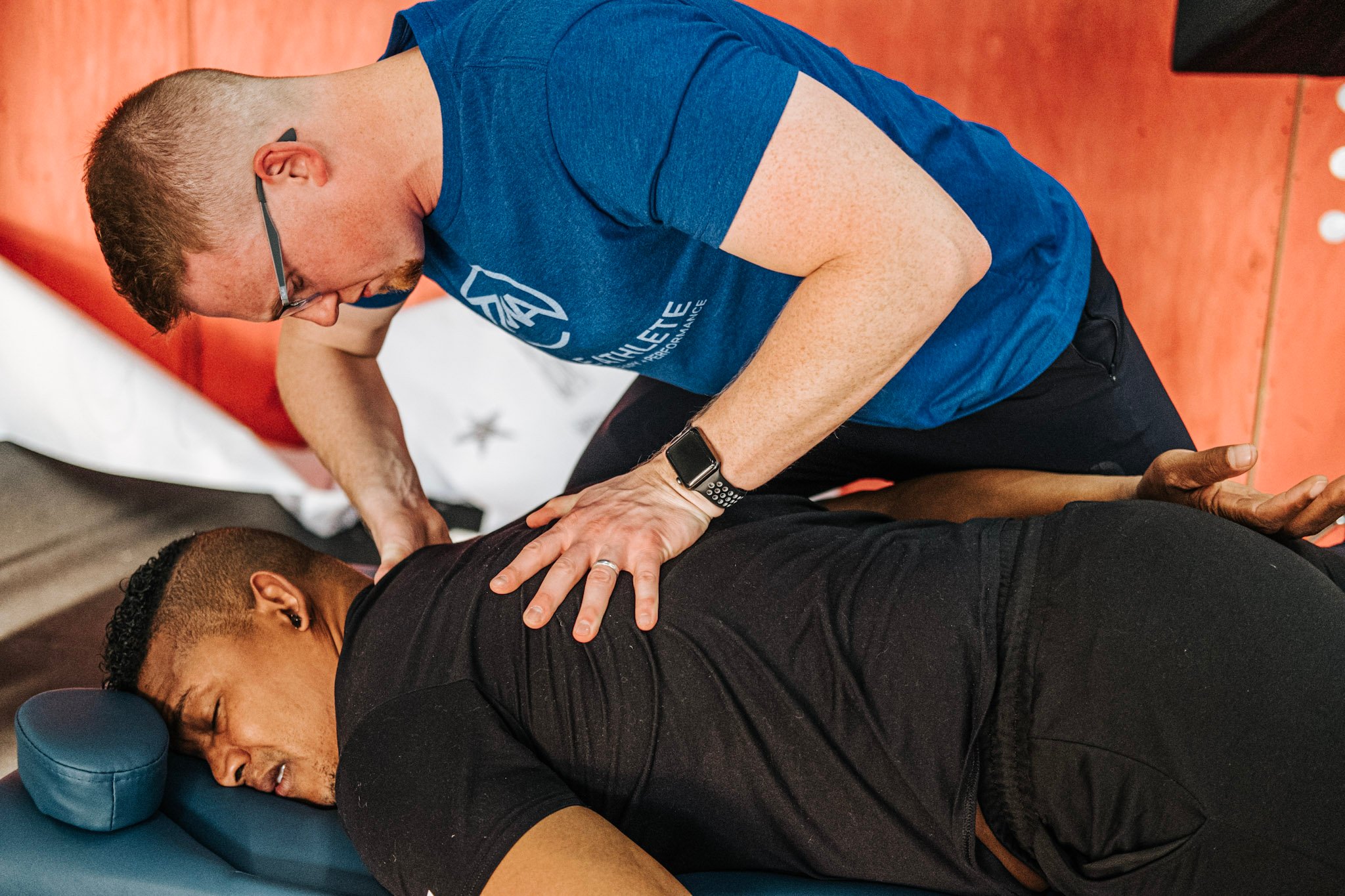
As physical therapists, we often work with athletes who have undergone surgery. Depending on their physician's advice, athletes are often instructed to "take it easy" for a few months, leading them to delay starting physical therapy. Unfortunately, many interpret this as a signal to completely halt all movement for 8-12 weeks, which can result in additional problems later on.
Recently, we had a client who underwent shoulder surgery. Prior to the procedure, he was actively hitting the gym, exercising 4-5 days a week. As a result, he had experienced weight loss, gained muscle, enjoyed better sleep, increased energy levels, and overall improvement in his health.
Rather than adhering to the conventional 12-week wait period, we promptly began his physical therapy after the surgery. You may be wondering why we deviated from the "just rest" protocol. Well, the answer is simple - he had three other limbs and a trunk that were perfectly capable of movement!
Instead of completely ceasing all exercise and activity for 2-3 months, we taught him modified and safe ways to move that did not involve his surgical side. We devised a customized program for him to follow during the limited mobility phase. For instance, he could bike without using the arm handles, perform lower body weighted exercises using only the non-surgical arm, utilize gym machines, and engage the other arm. Split squats, step ups, overhead presses (on the non-surgical side, of course), and numerous other movements were completely safe and suitable for him.
When individuals take an extended break from exercise, not only does their surgical side suffer, but their entire body becomes weaker and deconditioned. This prolongs the rehabilitation process and delays their return to regular activity.
This phenomenon is frequently observed in ACL tear cases. Athletes often focus solely on rehabilitating the injured knee, neglecting the rest of their body and the other knee. Consequently, they become weaker, deconditioned, and are at a higher risk of sustaining a second injury on the opposite side.
We strongly believe that an injury or surgery should not result in overall bodily weakness. Post-surgical physical therapy should encompass more than just addressing the surgical side; it should focus on the individual as a whole, their overall health, reintegration into exercise, teaching them ways to keep moving, and addressing the entire body to minimize the risk of future injuries.
So, what does this mean for you? It means that you don't have to wait three months to begin physical therapy after an injury. In fact, for optimal outcomes, you shouldn't. There are numerous preparatory measures we need to undertake for your entire body, thus avoiding potential problems in the future.
Having an injury or undergoing surgery should not be an excuse to abstain from exercise. Exercise is vital for our health, and we simply can't afford to halt it for 2-3 months.
If you're someone who is accustomed to being physically active and you're anxious about taking time off due to an injury or surgery, we encourage you to consult with your rehab professional. They can assist you in finding ways to keep moving and address the rest of your body during the recovery process.
So to answer the question should you rest after surgery? We say NO! Work with a movement expert who knows how to rehab your body based on your injuries and goals.





